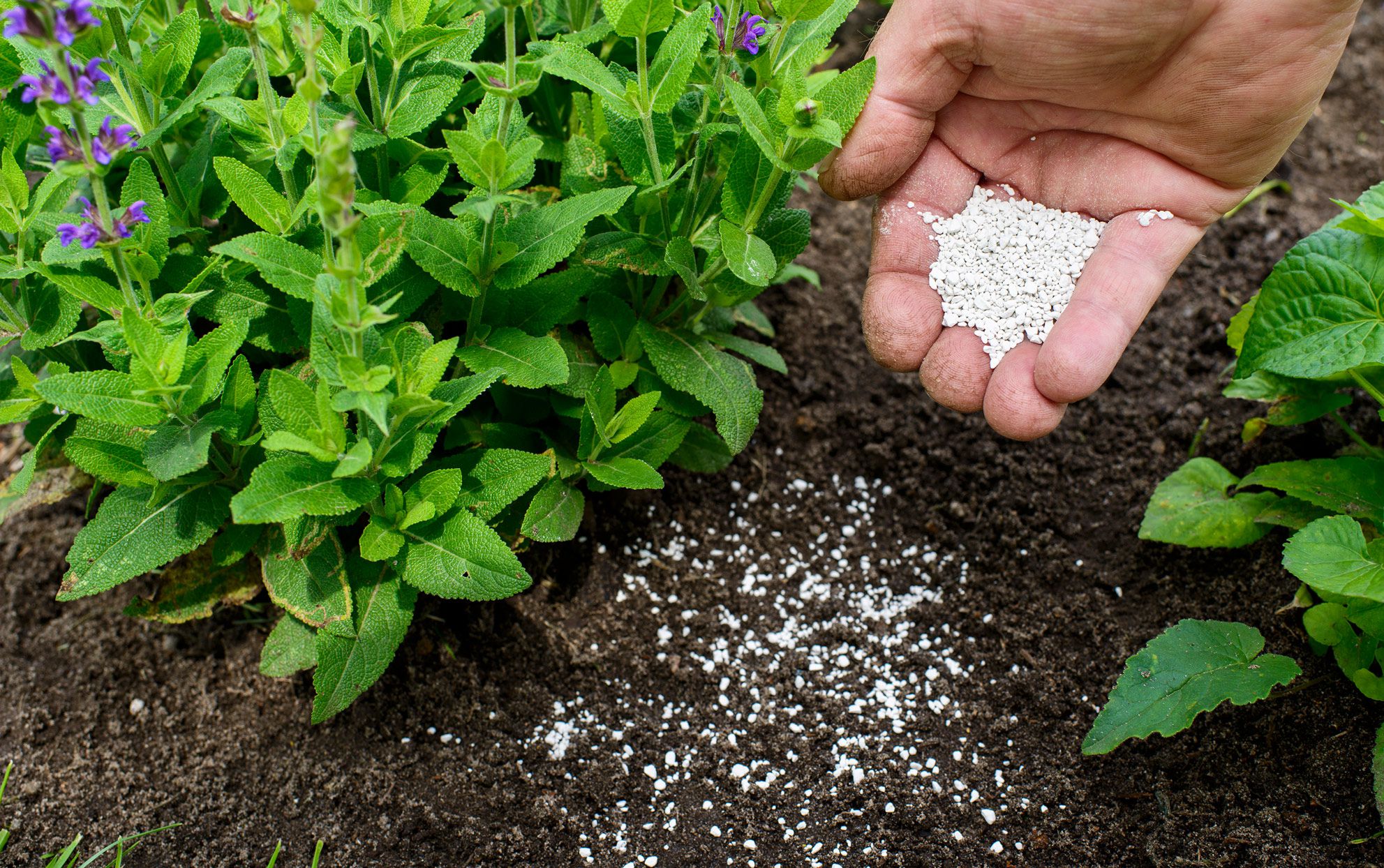

Articles
How Often To Fertilize Vegetable Garden
Modified: January 19, 2024
Discover the best gardening tips for fertilizing your vegetable garden. Learn how often to fertilize and keep your garden healthy and thriving with these expert tips.
(Many of the links in this article redirect to a specific reviewed product. Your purchase of these products through affiliate links helps to generate commission for Storables.com, at no extra cost. Learn more)
Introduction
Welcome to the world of vegetable gardening! Whether you’re a seasoned gardener or just starting out, understanding how to properly fertilize your vegetable garden is essential for successfully growing vibrant and productive plants. Fertilization plays a crucial role in providing the necessary nutrients that plants need to thrive and produce a bountiful harvest.
In a vegetable garden, the soil’s natural nutrient levels can deplete over time due to the plants’ high demand for essential elements. This is where fertilizers come into play. Fertilizers are specifically formulated to supplement the soil with the nutrients that vegetables require for healthy growth, abundant flowering, and successful fruiting.
However, it’s important to note that fertilizing your vegetable garden isn’t a one-size-fits-all approach. There are various factors to consider, such as the type of vegetables you’re growing, the nutrient requirements of those particular plants, and the condition of your soil. By understanding these factors and following best practices for fertilization, you can optimize the health and productivity of your vegetable garden.
In this article, we will delve into the different types of fertilizers available for vegetable gardens, discuss the best practices for proper fertilization, explore popular fertilization schedules for various vegetable crops, and highlight common mistakes to avoid. By the end, you’ll be equipped with the knowledge needed to confidently fertilize your vegetable garden and set yourself up for a successful growing season.
Key Takeaways:
- Proper fertilization is essential for vibrant and productive vegetable gardens. Understanding nutrient requirements, soil conditions, and plant growth stages is crucial for successful fertilization.
- Avoid common fertilization mistakes such as over-fertilization, poor timing, and neglecting soil pH. Adjust fertilization frequency based on soil conditions and plant growth for optimal results.
Read more: How Often To Fertilize Grass
Understanding the Importance of Fertilizing in Vegetable Gardens
Fertilizing is a critical aspect of vegetable gardening as it provides essential nutrients that plants need for growth, development, and productivity. The soil in vegetable gardens can become depleted over time, especially when growing high-demanding crops. This depletion occurs because plants extract vital nutrients from the soil as they grow and produce vegetables. Fertilizers help replenish these nutrients, ensuring that your plants have everything they need to thrive.
The primary nutrients that plants require are nitrogen (N), phosphorus (P), and potassium (K). Nitrogen promotes lush foliage growth and vibrant green leaves. Phosphorus aids in root development, stimulates flowering, and enhances fruiting. Potassium contributes to overall plant health, disease resistance, and the quality of fruits and vegetables produced.
In addition to these primary nutrients, plants also benefit from secondary nutrients like calcium, magnesium, and sulfur. These nutrients play a vital role in various plant functions, such as photosynthesis, nutrient absorption, and enzyme activation.
By providing a balanced and adequate supply of nutrients through fertilization, you can ensure that your vegetable plants are healthy and vigorous. This, in turn, leads to improved resistance against diseases and pests, increased yield and quality of vegetables, and an overall thriving garden.
Furthermore, fertilizing your vegetable garden can help address specific nutrient deficiencies that may arise. Different vegetable plants have varying nutrient requirements, and deficiencies can manifest in different ways. For example, calcium deficiency can lead to blossom-end rot in tomatoes, while iron deficiency can cause yellowing leaves in spinach or lettuce.
Regular fertilization can prevent such deficiencies and promote optimal plant growth. However, it’s important to strike a balance when fertilizing. Too little fertilizer can result in nutrient deficiencies, stunted growth, and poor yields. On the other hand, over-fertilization can lead to nutrient imbalances, nutrient toxicity, and environmental pollution.
Understanding the importance of fertilizing in vegetable gardens is the first step toward creating a successful and productive garden. By providing the right nutrients in the right amounts, you can create an environment where your vegetable plants can thrive and produce an abundant harvest.
Factors to Consider Before Fertilizing
Before fertilizing your vegetable garden, there are several important factors to consider. These factors will help you determine the specific needs of your plants and guide you in choosing the right fertilizers and application methods. Here are some factors to keep in mind:
Soil Test: Conducting a soil test is crucial in understanding the nutrient composition and pH level of your soil. This test will provide you with valuable information about which nutrients may be lacking or excessive in your soil. Soil tests can be done through a local agricultural extension service or with DIY soil testing kits available at garden centers. By knowing your soil’s nutrient levels, you can tailor your fertilization approach to address any deficiencies or imbalances.
Vegetable Types: Different vegetable plants have varying nutrient requirements. Leafy greens, like spinach and lettuce, typically require higher nitrogen levels for lush foliage growth. Fruit-bearing plants, such as tomatoes and peppers, often benefit from higher phosphorus and potassium levels to promote flower development and fruit set. Understanding the specific needs of the vegetables you’re growing will help you select the appropriate fertilizers.
Lifecycle Stage: Consider the lifecycle stage of your vegetable plants. Young seedlings may require a different fertilizer formulation compared to mature plants in the flowering and fruiting stages. Some fertilizers are designed specifically for certain stages of plant growth. Adjusting your fertilization approach based on the lifecycle stage of your plants will ensure that they receive the right nutrients at the right time.
Environmental Factors: Environmental conditions, such as temperature, rainfall, and sunlight, can impact nutrient availability and plant nutrient uptake. For example, heavy rainfall can leach nutrients from the soil more quickly, necessitating more frequent fertilization. Similarly, high temperatures can increase nutrient requirements. Monitoring and considering these environmental factors will help you make informed decisions about fertilization frequency and nutrient levels.
Organic or Synthetic Fertilizers: Consider whether you prefer to use organic or synthetic fertilizers in your vegetable garden. Organic fertilizers are derived from natural sources and provide slow-release nutrients. They contribute to improving soil health and microbial activity. Synthetic fertilizers, on the other hand, are chemically formulated and deliver nutrients quickly. Both types have their advantages, so choose the one that aligns with your gardening principles and goals.
Application Methods: Determine the most appropriate method to apply fertilizers in your garden. Common methods include broadcasting granular fertilizers, incorporating them into the soil before planting, or using liquid fertilizers applied directly to the plants via foliar spraying. The choice of application method depends on factors such as the fertilizer type, the size of your garden, and the specific needs of your plants.
Considering these factors before fertilizing your vegetable garden will help you make informed decisions and create a customized fertilization plan that meets the specific needs of your plants. Understanding your soil composition, vegetable types, lifecycle stages, environmental conditions, fertilizer preferences, and application methods will pave the way for a successful and productive vegetable garden.
Different Types of Fertilizers for Vegetable Gardens
When it comes to fertilizing your vegetable garden, there are various types of fertilizers to choose from. Each type has its own characteristics and benefits, so understanding their differences can help you make an informed decision. Here are some common types of fertilizers used in vegetable gardens:
Organic Fertilizers: Organic fertilizers are derived from natural sources, such as animal manure, compost, bone meal, and blood meal. They provide nutrients to plants in a slow-release manner, allowing for gradual and sustained feeding. Organic fertilizers not only provide essential nutrients to plants but also improve soil structure and enhance microbial activity. They are an excellent choice for gardeners who prioritize organic gardening practices and want to build soil fertility over time.
Synthetic Fertilizers: Synthetic or chemical fertilizers are manufactured using a combination of mineral salts. They are formulated to provide readily available nutrients for plants in a quick-release form. Synthetic fertilizers can be tailored to meet specific nutrient requirements, making them a convenient option for addressing specific deficiencies. However, they lack the organic matter content that organic fertilizers provide, and overuse can lead to nutrient imbalances and environmental pollution.
Slow-Release Fertilizers: Slow-release fertilizers are designed to gradually release nutrients over an extended period. They come in various forms, including organic slow-release fertilizers and controlled-release synthetic fertilizers. Slow-release fertilizers are beneficial in vegetable gardens as they provide a steady supply of nutrients to the plants, reducing the risk of nutrient leaching and minimizing the need for frequent applications.
Granular Fertilizers: Granular fertilizers come in small pellet or granule form. They are easy to apply and are often broadcasted over the soil surface before watering or incorporated into the soil during planting. Granular fertilizers can be either organic or synthetic, and their nutrient content is typically indicated on the package label. They provide a concentrated dose of nutrients, making them suitable for addressing specific nutrient deficiencies.
Liquid Fertilizers: Liquid fertilizers are dissolved in water and applied directly to plants through foliar spraying or soil drenching. They can be organic or synthetic and provide a quick source of nutrients for plants. Liquid fertilizers are particularly beneficial for foliar feeding, as plants can absorb the nutrients more efficiently through their leaves. They are also an effective option for providing an immediate nutrient boost to plants showing signs of nutrient deficiency.
Natural Amendments: Alongside traditional fertilizers, natural amendments such as lime, gypsum, and Epsom salt can also play a role in providing specific nutrients to vegetable gardens. For example, lime is commonly used to raise soil pH, gypsum helps improve soil structure, and Epsom salt provides a magnesium boost to plants. These amendments are typically applied in smaller quantities and serve as supplements to the main fertilizer program.
Understanding the different types of fertilizers available for vegetable gardens allows you to choose the best option based on your gardening practices, goals, and the specific needs of your plants. Whether you prefer organic or synthetic, slow-release or quick-release, granular or liquid fertilizers, there is a wide range of choices to ensure your vegetable garden receives the nutrients it needs for healthy growth and abundant harvests.
Best Practices for Fertilizing Vegetable Gardens
Fertilizing your vegetable garden is not only about choosing the right fertilizer but also implementing best practices to ensure optimal nutrient uptake and prevent nutrient imbalances. Here are some best practices to consider when fertilizing your vegetable garden:
1. Conduct a Soil Test: Before applying any fertilizers, conduct a soil test to determine the current nutrient levels and pH of your soil. This will help you understand which nutrients may be lacking or excessive, allowing you to make informed decisions when choosing a fertilizer and adjusting nutrient levels accordingly.
2. Follow Fertilizer Recommendations: Read and follow the instructions and recommendations provided on the fertilizer package. These instructions will guide you regarding how much fertilizer to apply, at what frequency, and the appropriate application method. Over-fertilizing can lead to nutrient imbalances and plant damage, while under-fertilizing may result in nutrient deficiencies and poor plant growth.
3. Apply Fertilizer at the Right Time: Timing is crucial when it comes to fertilizing your vegetable garden. Apply fertilizers at the appropriate stage of plant growth to ensure that the plants receive the necessary nutrients when they need them the most. For example, providing a starter fertilizer at planting can give young seedlings a boost, while side-dressing fertilizers during the fruiting stage can support proper fruit development.
4. Water Properly: Adequate watering is essential for nutrient uptake. Before applying fertilizer, make sure the soil is moist, but not waterlogged. Watering your vegetable garden after fertilization helps dissolve the nutrients and allows them to reach the plant roots effectively. Avoid overhead watering, as it can wash away the nutrients from the plant’s foliage.
5. Use Mulch: Applying a layer of organic mulch, such as straw or wood chips, around your vegetable plants can help conserve soil moisture, suppress weed growth, and regulate soil temperature. Additionally, as the mulch breaks down, it adds organic matter to the soil, which improves nutrient retention and enhances the overall fertility of the garden.
6. Rotate Crops: Practicing crop rotation helps prevent nutrient depletion and the buildup of pests and diseases. By rotating your vegetable crops, you can prevent the same nutrients from being continuously extracted from the soil. Different crops have varying nutrient requirements, so rotating them helps maintain a balanced nutrient profile in the soil over time.
7. Monitor Plant Health: Keep an eye on the health of your vegetable plants throughout the growing season. Watch for signs of nutrient deficiencies or excesses, such as yellowing leaves, stunted growth, or leaf burn. Adjust your fertilization practices accordingly to address any issues and provide the necessary nutrients your plants need.
8. Maintain Proper Storage: Store your fertilizers properly to maintain their effectiveness. Keep fertilizers in their original containers, tightly sealed, and in a cool, dry place. Moisture and extreme temperatures can degrade the quality of fertilizers over time, reducing their efficacy.
By following these best practices, you can ensure that your vegetable garden receives the right amount of nutrients at the right time. This will promote healthy plant growth, improve yield and quality, and create a sustainable and thriving garden for years to come.
Read more: How Often To Fertilize Your Grass
Signs of Over-fertilization and Under-fertilization in Vegetable Gardens
Fertilizing your vegetable garden is crucial for providing the necessary nutrients for healthy plant growth. However, it’s important to strike a balance, as both over-fertilization and under-fertilization can have negative effects on your plants. Here are the signs to look out for:
Over-fertilization:
1. Leaf Burn: One of the common signs of over-fertilization is leaf burn. The edges or tips of the leaves may turn brown or appear scorched. This occurs when the concentration of salts in the soil exceeds the plant’s ability to absorb water, causing dehydration and damage.
2. Stunted Growth: Over-fertilization can lead to stunted plant growth. Excessive levels of certain nutrients, particularly nitrogen, can inhibit root development and cause plants to become small and weak. This is especially evident when the foliage appears lush but the overall plant size remains small.
3. Delayed Flowering and Fruit Production: Too much nitrogen in the soil can result in an excess of vegetative growth at the expense of flower and fruit formation. This can delay or reduce the number of flowers and fruits produced by your vegetable plants.
4. Nutrient Imbalances: Over-fertilization can create imbalances in nutrient levels, as excessive amounts of one nutrient can interfere with the uptake of others. This can lead to deficiency symptoms of other essential nutrients, even if they are present in the soil.
5. Environmental Impact: Over-fertilizing can have negative environmental impacts. Excess nutrients, particularly nitrogen and phosphorus, can leach into water bodies, leading to water pollution and algal blooms. This can harm aquatic ecosystems and create problems in water sources.
Under-fertilization:
1. Pale or Yellowing Leaves: Plants that are under-fertilized often exhibit pale or yellowing leaves. This is a sign of nutrient deficiency, particularly nitrogen. Nitrogen deficiency causes chlorophyll levels to decrease, resulting in a loss of the green color in the leaves.
2. Poor Plant Growth: Insufficient nutrients can result in slow or stunted plant growth. Plants lacking essential nutrients may appear weak, small, and have poor overall vigour. This can affect the productivity and quality of the vegetables produced.
3. Delayed Flowering and Fruit Production: Inadequate nutrient supply can delay or hinder the flowering and fruiting process. Plants lacking sufficient phosphorus, for example, may produce fewer flowers or develop underdeveloped fruits.
4. Insect and Disease Susceptibility: When plants are under-fertilized, they become more susceptible to pest and disease infestations. Nutrient deficiencies weaken plants, making them more vulnerable to stress and unable to defend against pests and diseases effectively.
5. Poor Yields: A lack of nutrients can significantly reduce yield and affect the quality of vegetables produced. Insufficient nutrient supply limits the plant’s ability to produce an abundant harvest, resulting in smaller or fewer vegetables.
It’s essential to closely monitor your vegetable plants and adjust your fertilization practices accordingly. Finding the right balance is crucial for providing adequate nutrition to promote healthy growth and maximize crop productivity. Regular soil testing and observation of plant health will help you identify signs of over-fertilization or under-fertilization and ensure that your vegetable garden thrives.
Fertilize your vegetable garden every 4-6 weeks during the growing season to provide essential nutrients for healthy plant growth and abundant harvests.
Determining the Ideal Frequency of Fertilization for Vegetable Gardens
When it comes to fertilizing your vegetable garden, finding the ideal frequency of fertilization is crucial. Over-fertilizing can lead to nutrient imbalances and environmental pollution, while under-fertilizing can result in nutrient deficiencies and poor plant growth. Determining the right frequency depends on various factors, including the nutrient requirements of your crops, soil conditions, and plant growth stages. Here are some guidelines to help you determine the ideal frequency of fertilization for your vegetable garden:
1. Soil Test Results: Start by conducting a soil test to assess the nutrient levels and pH of your soil. The results will provide valuable information about any deficiencies or excesses. Based on the test results, you can determine which nutrients need to be supplemented and adjust your fertilization plan accordingly.
2. Crop Nutrient Requirements: Understand the specific nutrient requirements of the vegetable crops you are growing. Some vegetables, such as leafy greens, have high nitrogen demands, while others, like root crops, may require more phosphorus. Refer to reliable resources or consult with local agricultural extension services to determine the optimal nutrient ratios for your crops.
3. Plant Growth Stages: Consider the different growth stages of your vegetable plants. Young seedlings have different nutrient needs compared to mature plants in the flowering and fruiting stages. During the initial stages, a starter fertilizer can provide a boost. As plants transition to the fruiting stage, additional applications of fertilizers may be necessary to support flower development and fruit production.
4. Fertilizer Formulation: The type of fertilizer you choose can also affect the frequency of application. Slow-release fertilizers provide a continuous supply of nutrients over an extended period, reducing the need for frequent applications. Granular or liquid fertilizers, on the other hand, may require more frequent applications to maintain nutrient levels in the soil.
5. Environmental Factors: Environmental conditions, such as temperature, rainfall, and soil moisture, can impact nutrient availability and leaching rates. In regions with heavy rainfall or sandy soils that drain quickly, nutrients may leach more rapidly, necessitating more frequent fertilization. Similarly, high temperatures can increase nutrient requirements. Monitor environmental conditions and adjust your fertilization frequency accordingly.
6. Plant Observation: Regularly observe your vegetable plants for signs of nutrient deficiencies or excesses. Yellowing leaves, stunted growth, or poor fruit development may indicate the need for additional fertilization. However, it’s important to differentiate between nutrient deficiencies and other factors such as pests, diseases, or improper watering.
7. Fertilizer Labels and Recommendations: Pay attention to the instructions and recommendations provided on the fertilizer labels. Manufacturers often provide guidelines on the recommended application rates and intervals. Following these recommendations can help ensure proper nutrient supply without over- or under-fertilizing.
8. Monitoring Soil Nutrient Levels: Periodically check the nutrient levels in your soil through follow-up soil tests. This can help you track changes in nutrient availability over time and fine-tune your fertilization frequency as necessary.
Remember, finding the ideal frequency of fertilization for your vegetable garden may require some trial and error. It’s essential to note that different crops and soil conditions may have varying requirements. Continually assess your plants’ nutrient needs and adjust your fertilization frequency accordingly to maintain a healthy and productive vegetable garden.
Popular Fertilization Schedules for Various Vegetable Crops
Fertilization schedules for vegetable crops may vary depending on the specific nutrient requirements of each crop and the conditions of your garden. However, there are some general guidelines that can help you establish a popular fertilization schedule for a variety of vegetable crops. Here are fertilization recommendations for some common vegetable crops:
Leafy Greens (Lettuce, Spinach, Kale): Leafy greens generally require higher nitrogen levels for vigorous foliage growth. Start by incorporating a balanced fertilizer, such as a 10-10-10 or 14-14-14, during soil preparation or at planting. Apply a side-dressing or foliar feeding with a nitrogen-rich fertilizer, such as fish emulsion or blood meal, once or twice during the growing season to support continuous leaf growth.
Tomatoes: Tomatoes are heavy feeders, requiring ample amounts of nutrients throughout the growing season. Start with a balanced fertilizer or a slow-release fertilizer, such as a 12-12-12 or 14-14-14, during soil preparation or at planting. Apply a side-dressing or liquid fertilizer high in phosphorus, such as 5-10-10 or bone meal, when the first blossoms appear. Repeat the side-dressing every four to six weeks until fruiting begins.
Peppers: Peppers have similar fertilizer requirements to tomatoes. Begin with a balanced fertilizer or slow-release fertilizer, such as a 12-12-12 or 14-14-14, during soil preparation or at planting. Apply a side-dressing or liquid fertilizer high in phosphorus, like 5-10-10 or bone meal, when the plants start to flower. Repeat the side-dressing every four to six weeks until harvest.
Cucumbers: Cucumbers benefit from a higher nitrogen level during the early growth stage. Apply a balanced granular fertilizer, such as a 10-10-10 or 14-14-14, before planting or during soil preparation. Side-dress with nitrogen-rich fertilizer, like fish emulsion, when the plants start vining. Repeat this application once every three to four weeks until fruiting begins.
Carrots: Carrots do not require heavy fertilization, as excessive nitrogen can lead to stunted root growth. Use a well-balanced slow-release fertilizer or composted organic matter before planting or during soil preparation. Avoid applying high-nitrogen fertilizers during the growing season, as this can cause the roots to become forked or misshapen.
Beans: Beans, such as green beans or snap beans, generally do not need excessive fertilization. Incorporate a balanced granular fertilizer or compost into the soil before planting or during soil preparation. Additional fertilization may not be necessary unless the plants show signs of nutrient deficiency, such as yellowing leaves.
Root Crops (Radishes, Beets, Turnips): Root crops benefit from sufficient phosphorus for root development. Apply a balanced granular fertilizer, such as a 10-20-10 or 14-28-14, during soil preparation or at planting. Avoid excessive nitrogen, as this can cause excessive leaf growth. Side-dress with compost or a phosphorus-rich fertilizer when the plants reach half of their maturity to support continuous root growth.
These fertilization schedules provide a general framework for popular vegetable crops. However, it’s important to consider the specific needs of your plants by conducting a soil test, monitoring plant health and growth, and adjusting fertilization as necessary. Remember, every garden is unique, and adapting your fertilization schedule based on observations and the specific requirements of your vegetable crops will help maximize productivity and ensure the health of your plants.
Adjusting the Fertilization Frequency Based on Soil Conditions and Plant Growth
Adjusting the fertilization frequency in your vegetable garden is essential to ensure that your plants receive the appropriate amount of nutrients based on soil conditions and plant growth. Soil composition and texture can affect nutrient retention and availability, while plant growth stages dictate their nutrient requirements. Here are some factors to consider when adjusting the fertilization frequency:
Soil Nutrient Levels: Periodic soil testing is crucial to monitor the nutrient levels in your soil. Soil tests provide valuable information about the nutrient content, pH level, and organic matter present. If the soil test reveals nutrient deficiencies, you may need to increase the fertilization frequency to address these deficiencies. On the other hand, if the soil test shows excessive nutrient levels, you may need to reduce or halt fertilization until the nutrient levels normalize.
Soil Type and Texture: Different soil types have varying nutrient-holding capacities. Sandy soils tend to drain quickly and have lower nutrient retention, while clay soils retain nutrients for longer periods. Adjust the fertilization frequency accordingly to accommodate these differences. Sandy soils may require more frequent fertilization to replenish nutrients that leach away, while clay soils may require less frequent fertilization to prevent nutrient buildup and potential toxicity.
Plant Growth Stage: The nutrient requirements of plants vary throughout different growth stages. Young seedlings may require a higher frequency of fertilization during their initial establishment phase. As plants transition to the flowering and fruiting stages, they may require additional nutrient inputs to support flower and fruit development. Adjust the fertilization frequency based on the specific needs of your crops during each stage of growth.
Plant Health and Growth: Monitor the overall health and growth of your vegetable plants. If plants exhibit signs of nutrient deficiencies, such as yellowing leaves or stunted growth, it may be an indication to increase the fertilization frequency. However, be cautious not to over-fertilize, as it can lead to nutrient imbalances and adverse effects. Adjust the frequency based on observed plant health and make gradual changes to avoid sudden nutrient fluctuations.
Environmental Factors: Environmental conditions, such as temperature, rainfall, and sunlight, can influence the nutrient requirements of plants and the frequency of fertilization. Warmer temperatures and increased rainfall can accelerate nutrient leaching from the soil, necessitating more frequent fertilization. During periods of drought or lower rainfall, reducing the fertilization frequency can help prevent excessive nutrient leaching and water pollution.
Crop Rotation: If you practice crop rotation in your vegetable garden, adjust the fertilization frequency based on the nutrient requirements of the succeeding crops. Some crops may have higher nutrient demands than others, and adapting the fertilization schedule accordingly helps ensure that each crop receives the necessary nutrients without over-applying fertilizers.
Adjusting the fertilization frequency in your vegetable garden based on soil conditions and plant growth is key to maintaining optimal nutrient levels and promoting healthy plant development. Regular soil testing, monitoring plant health, and considering environmental factors will guide you in making informed decisions about when and how often to fertilize. By tailoring the fertilization frequency to the specific needs of your garden, you can provide the right nutrients at the right time, resulting in vibrant, productive, and thriving vegetable plants.
Read more: How Often To Fertilize Bermuda Grass
Common Mistakes to Avoid When Fertilizing Vegetable Gardens
Fertilizing your vegetable garden is essential for promoting healthy plant growth and maximizing yield. However, there are common mistakes that gardeners often make when it comes to fertilization. Avoiding these mistakes can help you maintain the proper nutrient balance in your garden and protect the environment. Here are some common mistakes to avoid when fertilizing your vegetable garden:
1. Over-fertilizing: One of the most common mistakes is applying too much fertilizer. Over-fertilization can lead to nutrient imbalances, plant stress, and environmental pollution. It can cause excessive vegetative growth at the expense of flowering and fruiting. Always follow the recommended application rates and guidelines provided on the fertilizer package to avoid over-fertilizing.
2. Under-fertilizing: On the other hand, under-fertilization can result in nutrient deficiencies and poor plant growth. Insufficient nutrients can lead to stunted plants, yellowing leaves, and reduced yield. Conduct a soil test to understand your soil’s nutrient levels and adjust your fertilization approach accordingly. Regularly monitor your plants for signs of nutrient deficiencies and make necessary adjustments to avoid under-fertilization.
3. Poor Timing: Timing is crucial when it comes to fertilizing your vegetable garden. Applying fertilizers too early or too late can lead to ineffective nutrient uptake. Be aware of the specific nutrient requirements of your crops at different growth stages and apply fertilizers accordingly. For example, applying a phosphorus-rich fertilizer when plants start to flower ensures proper fruit development.
4. Incorrect Application Method: Using the wrong application method can result in uneven distribution of fertilizers and inefficient nutrient uptake. Granular fertilizers should be spread evenly over the soil surface and watered in thoroughly. Liquid fertilizers can be applied through foliar spraying or applied directly to the soil. Follow the recommended application methods for the specific fertilizer you’re using to ensure proper nutrient delivery to your plants.
5. Neglecting Soil pH: Soil pH plays a significant role in nutrient availability. Ignoring soil pH can lead to inefficient nutrient uptake by plants. Conduct a soil test to determine the pH level of your soil. Certain vegetables have specific pH preferences, and adjusting the pH by adding amendments, such as lime for acidic soils or sulfur for alkaline soils, can optimize nutrient availability and uptake.
6. Applying Fertilizers too Close to Plant Stems: Applying fertilizers too close to the stems of your plants can cause root burn and damage the plants. Keep a distance of a few inches from the plant stems when applying granular fertilizers. For liquid fertilizers, apply them around the drip line of the plant rather than directly on the stems.
7. Using Damaged or Expired Fertilizers: Using damaged or expired fertilizers can result in poor nutrient content. Check the expiration date and ensure that the packaging is intact before using any fertilizers. Damaged fertilizers may have undergone chemical changes, reducing their effectiveness. Always store fertilizers in a cool, dry place to maintain their quality.
8. Not Adjusting Fertilization Practices for Different Crops: Different vegetable crops have varying nutrient requirements. Avoid a one-size-fits-all approach to fertilization and consider the specific needs of each crop. Leafy greens may have higher nitrogen demands, while root crops may require more phosphorus. Adjust your fertilization practices accordingly to meet the unique needs of each crop.
By avoiding these common mistakes, you can ensure that your vegetable garden receives the proper nutrients without risking plant health or harming the environment. Remember to follow guidelines, monitor plant health, and adjust fertilization practices based on soil conditions, plant growth, and specific crop needs. With proper fertilization, your vegetable garden will thrive and reward you with a bountiful harvest.
Conclusion
Fertilizing your vegetable garden is a vital aspect of gardening that can greatly impact the health and productivity of your plants. By understanding the importance of fertilization, considering factors such as soil conditions and plant growth, and implementing best practices, you can create an optimal environment for your vegetable crops to thrive.
Remember to conduct a soil test to determine nutrient levels and address any deficiencies or imbalances. Tailor your fertilization approach based on the specific needs of your crops, considering factors like their nutrient requirements and growth stages. Pay attention to the signs of over-fertilization or under-fertilization, adjusting the frequency and amount of fertilizers accordingly.
Choose the right type of fertilizer for your garden, whether it’s organic or synthetic, slow-release or quick-release, granular or liquid. Follow the recommended application rates and methods, ensuring even distribution and effective nutrient uptake. Monitor the health of your plants, and make observations to identify any nutrient deficiencies or excesses.
Adjust the fertilization frequency based on soil conditions, such as nutrient levels, soil type, and pH. Consider environmental factors, like temperature and rainfall, that can affect nutrient availability and uptake. Adapting fertilization practices to the specific needs of your vegetable crops will promote healthy growth, robust yields, and high-quality harvests.
Avoid common mistakes, such as over-fertilization, under-fertilization, poor timing, using the wrong application methods, neglecting soil pH, applying fertilizers too close to plant stems, using damaged or expired fertilizers, and not adjusting practices for different crops. These mistakes can lead to nutrient imbalances, plant stress, and negative environmental impacts.
In conclusion, fertilizing your vegetable garden requires knowledge, attention, and a balanced approach. By following these guidelines, you can optimize the health and productivity of your vegetable crops, creating a thriving garden that rewards you with an abundance of delicious and nutritious harvests.
Frequently Asked Questions about How Often To Fertilize Vegetable Garden
Was this page helpful?
At Storables.com, we guarantee accurate and reliable information. Our content, validated by Expert Board Contributors, is crafted following stringent Editorial Policies. We're committed to providing you with well-researched, expert-backed insights for all your informational needs.
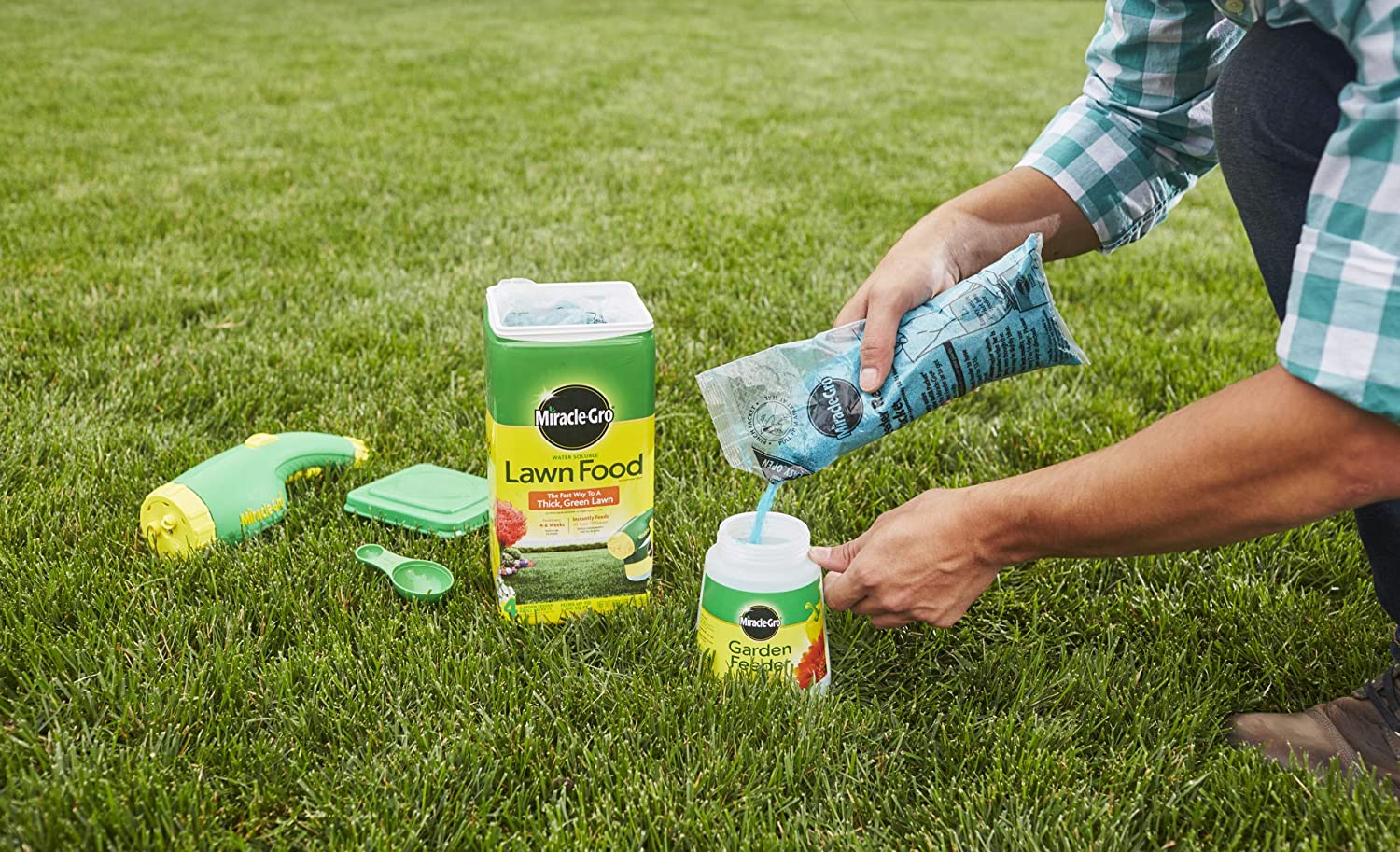
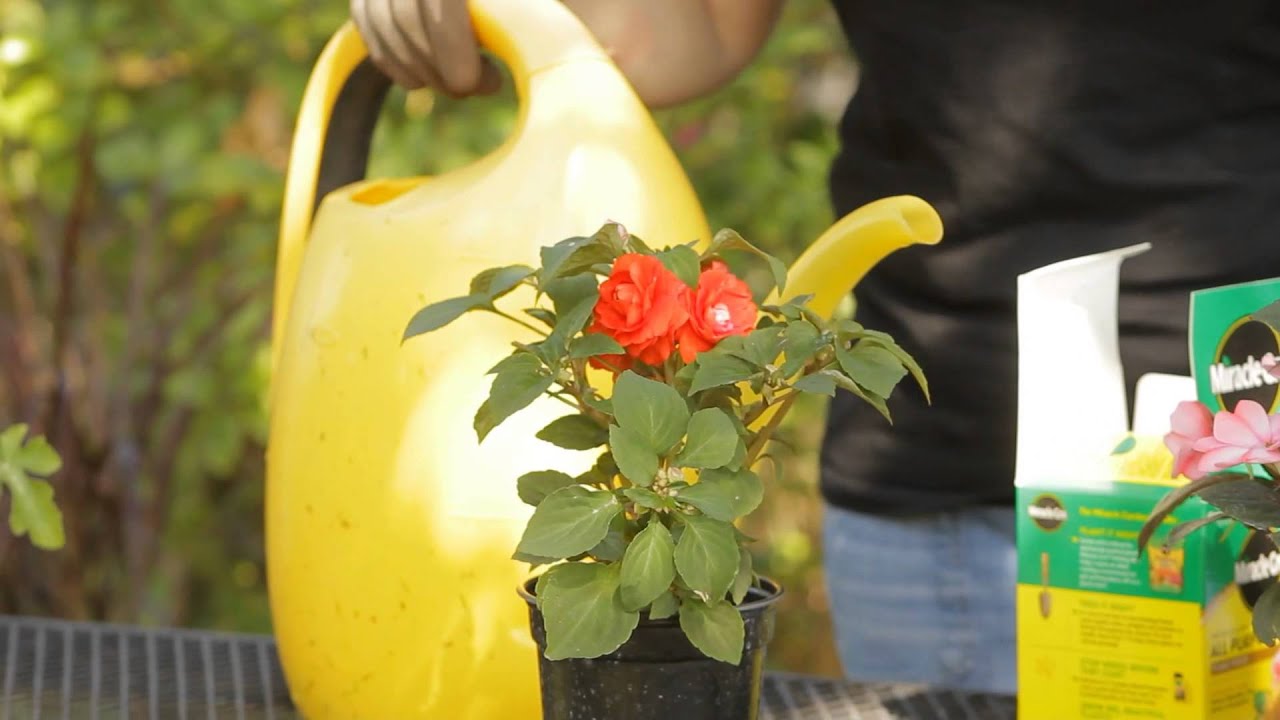
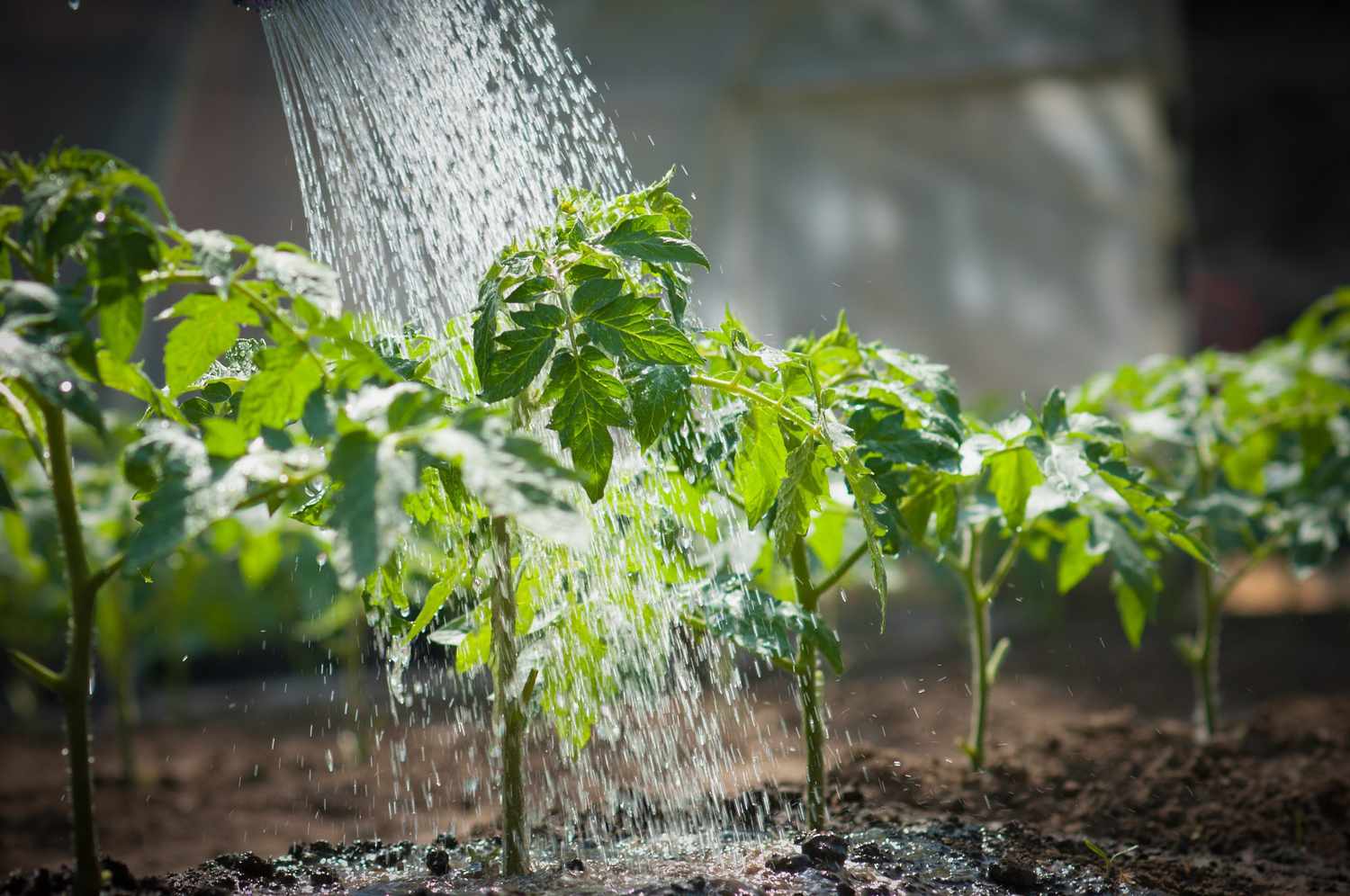
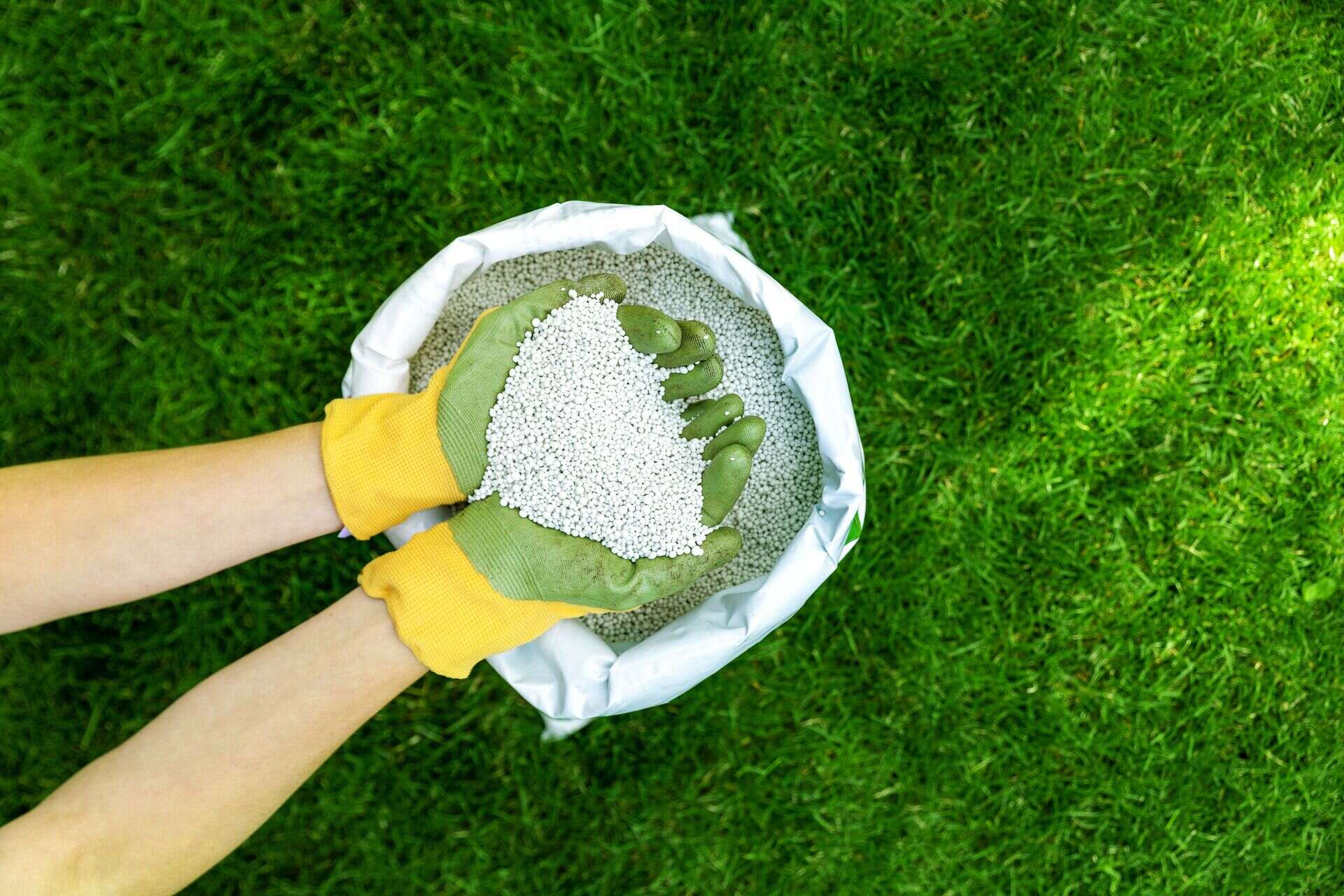
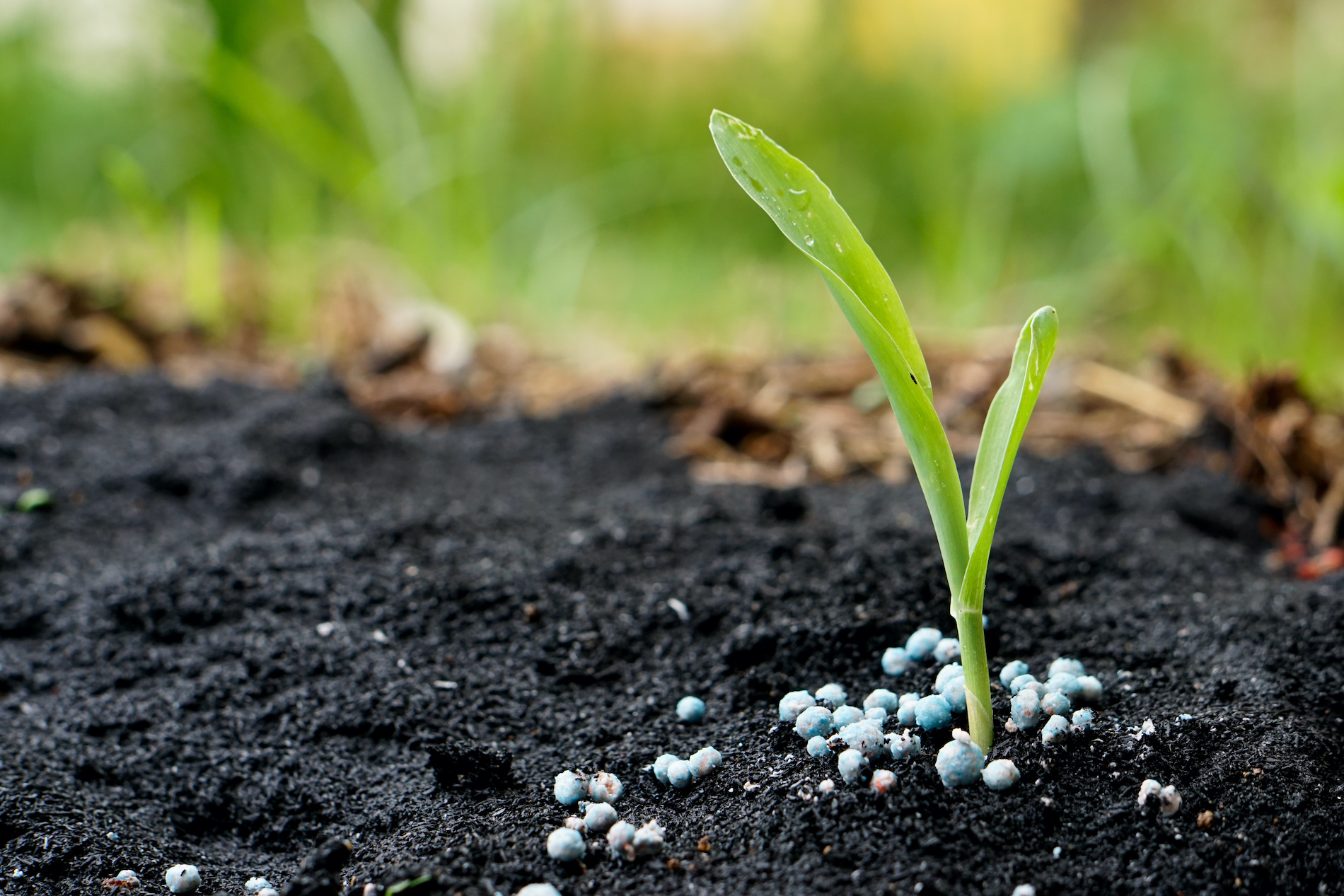
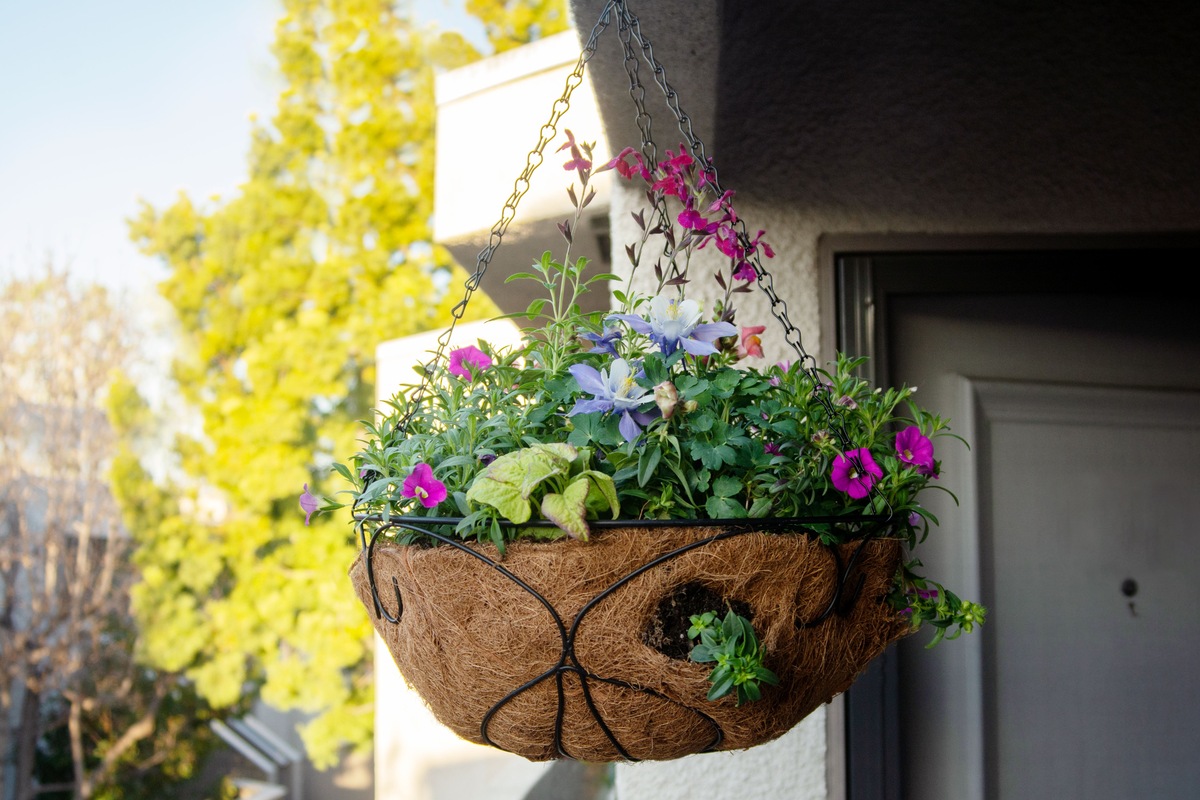
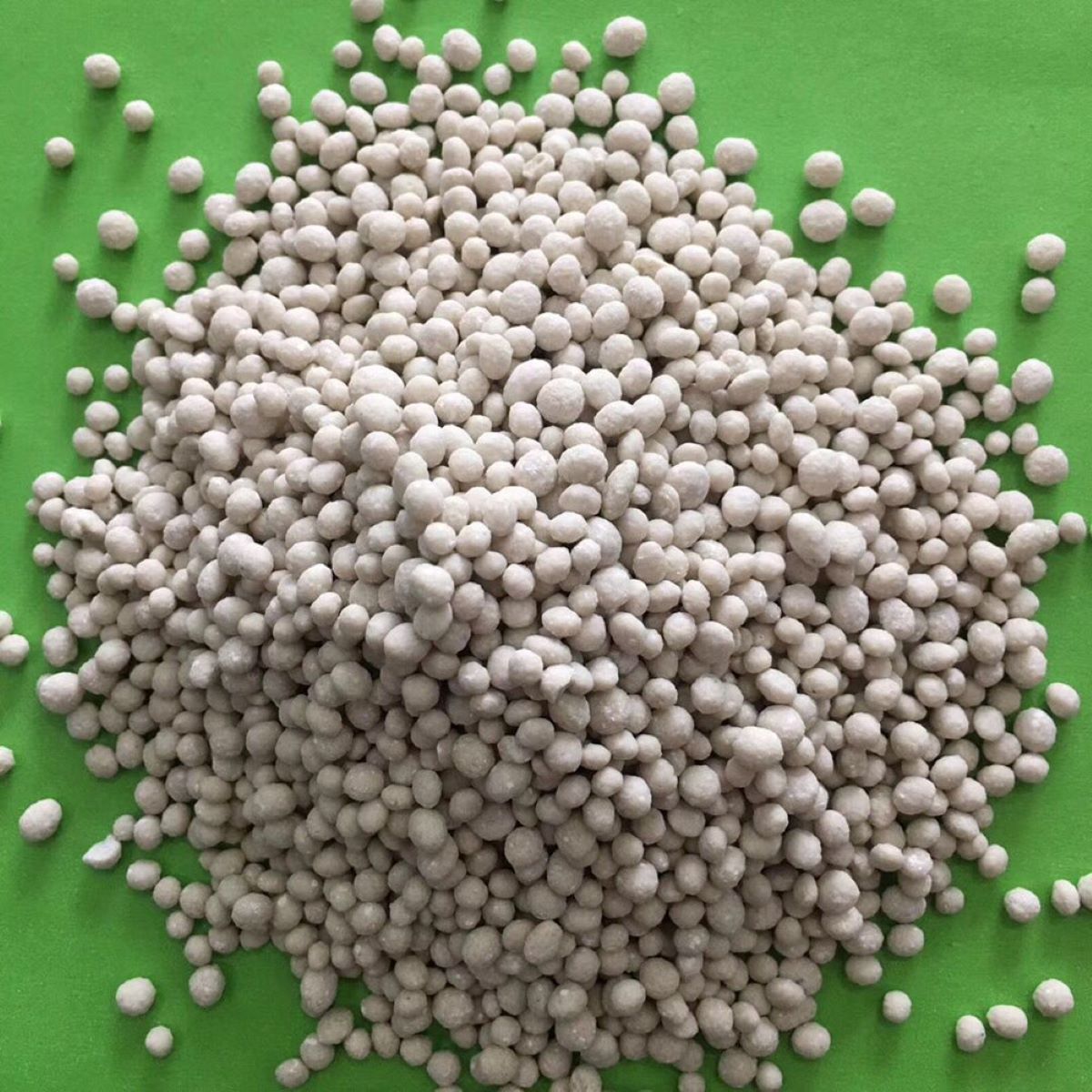
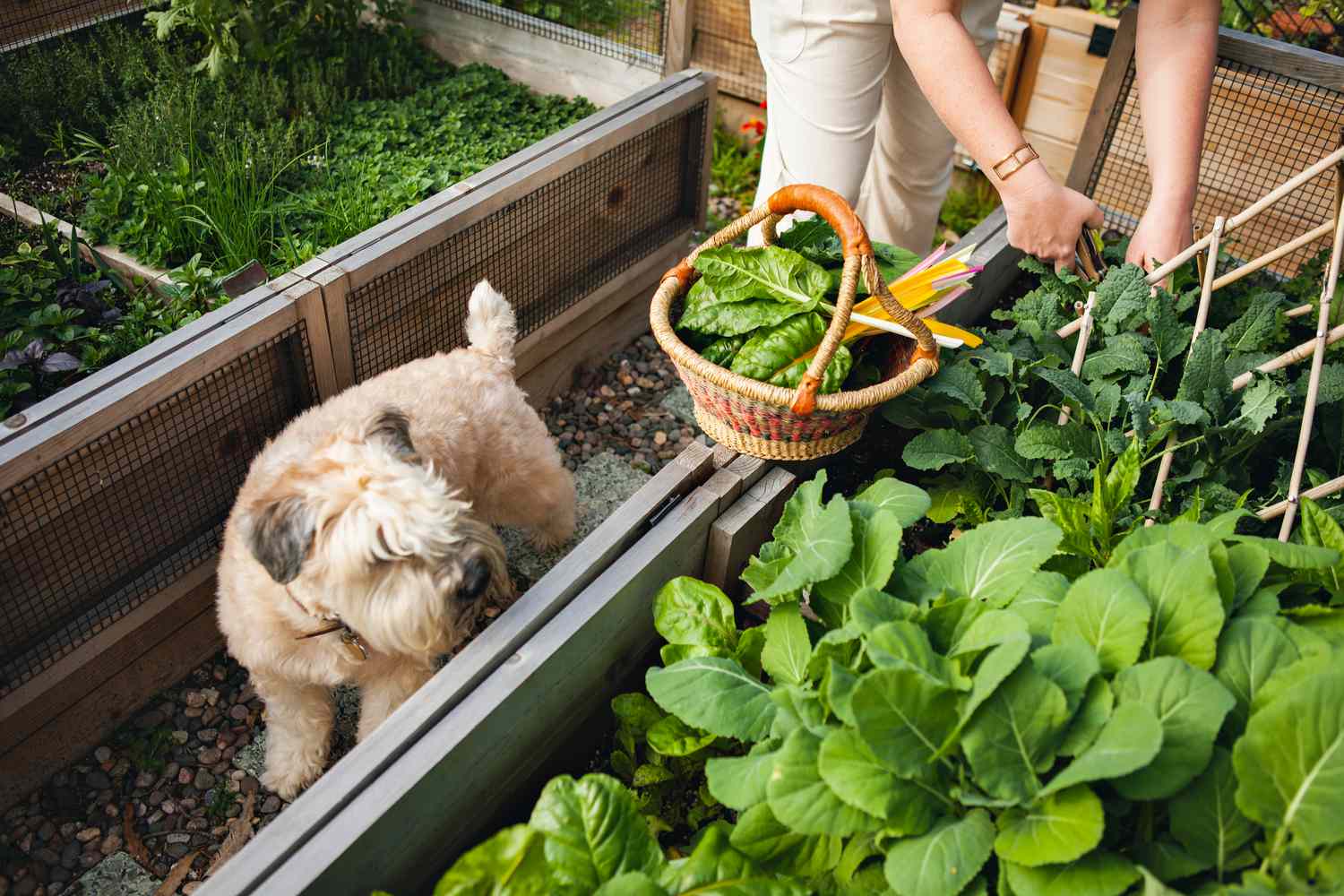
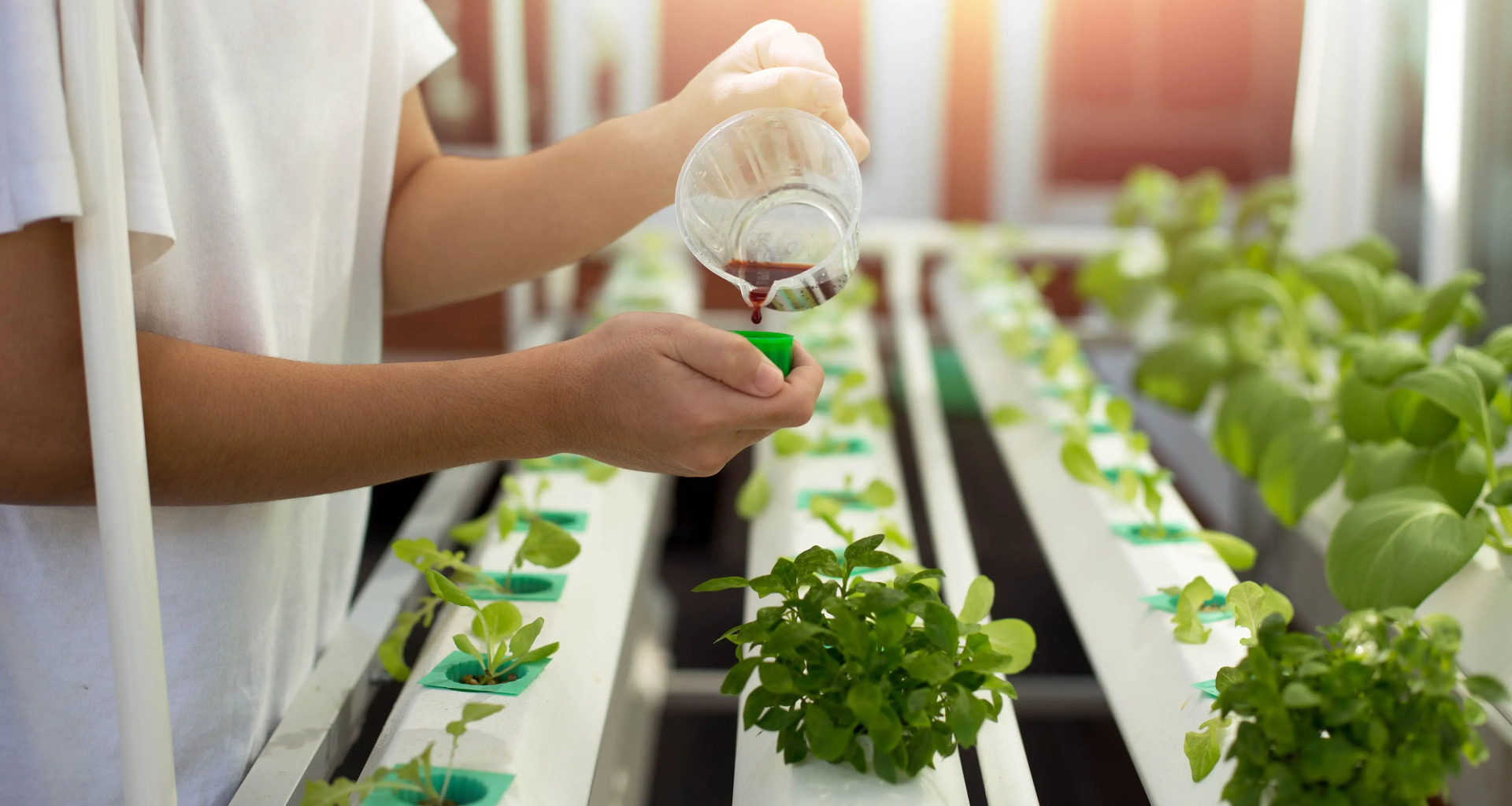
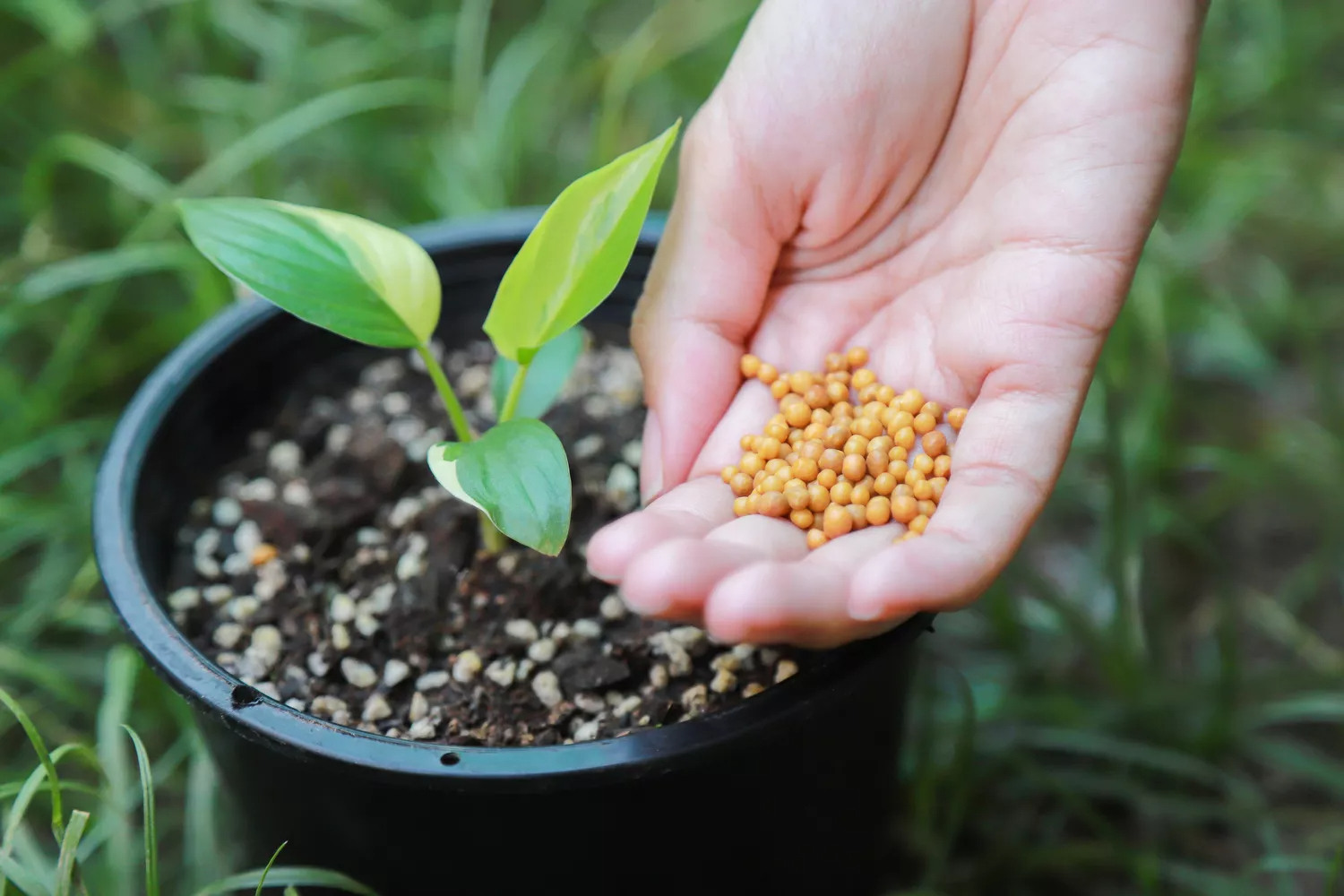
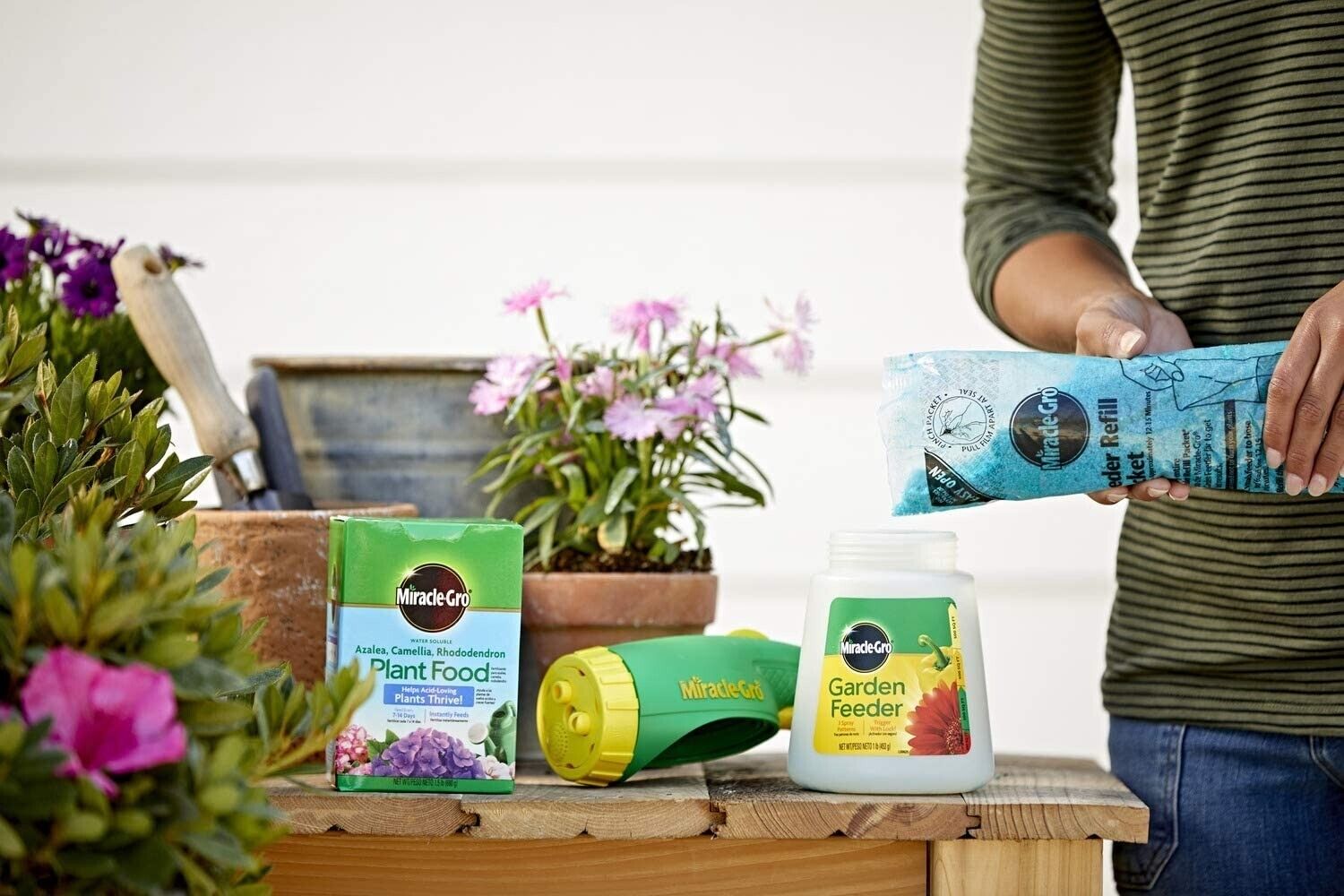
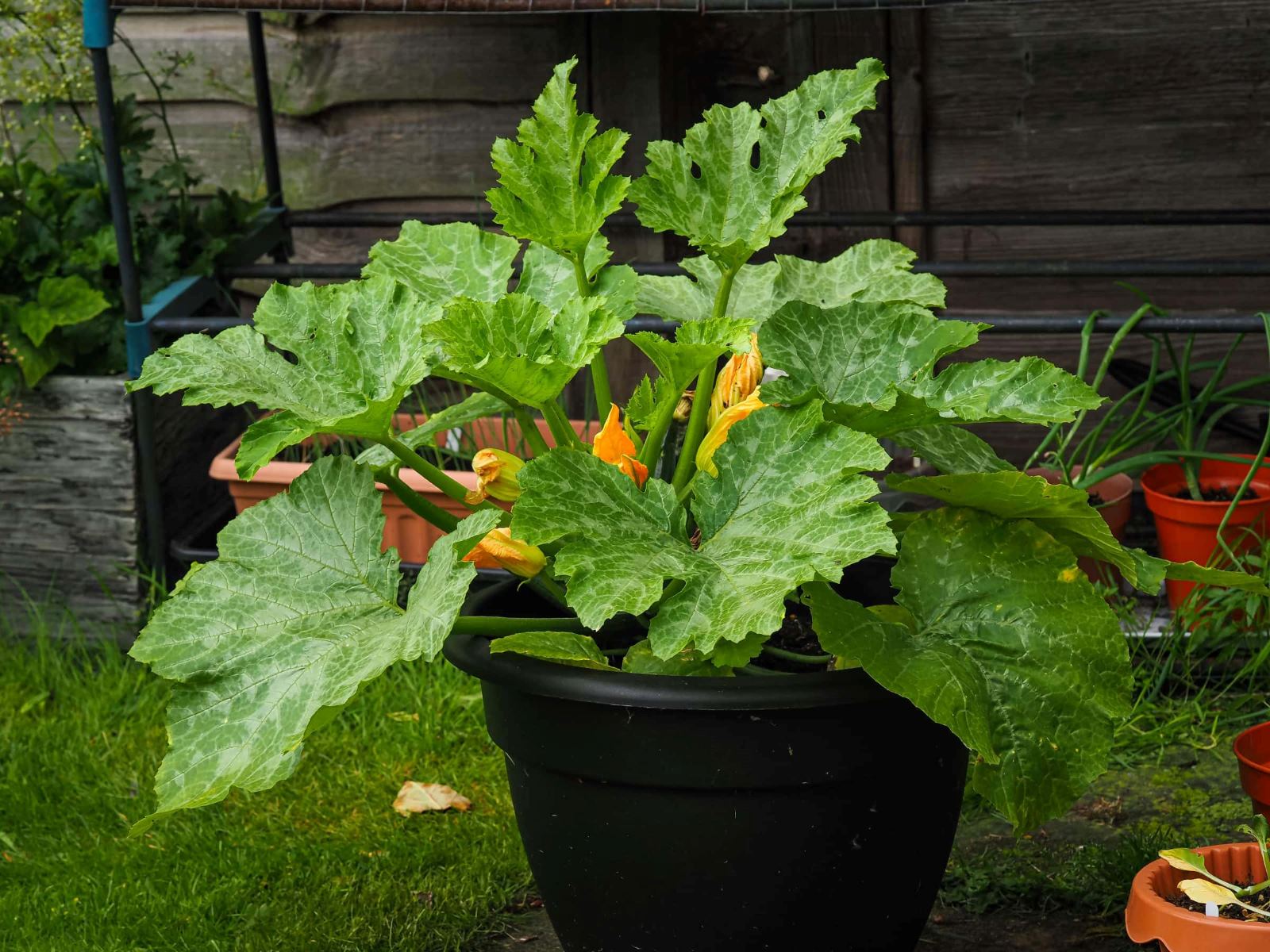
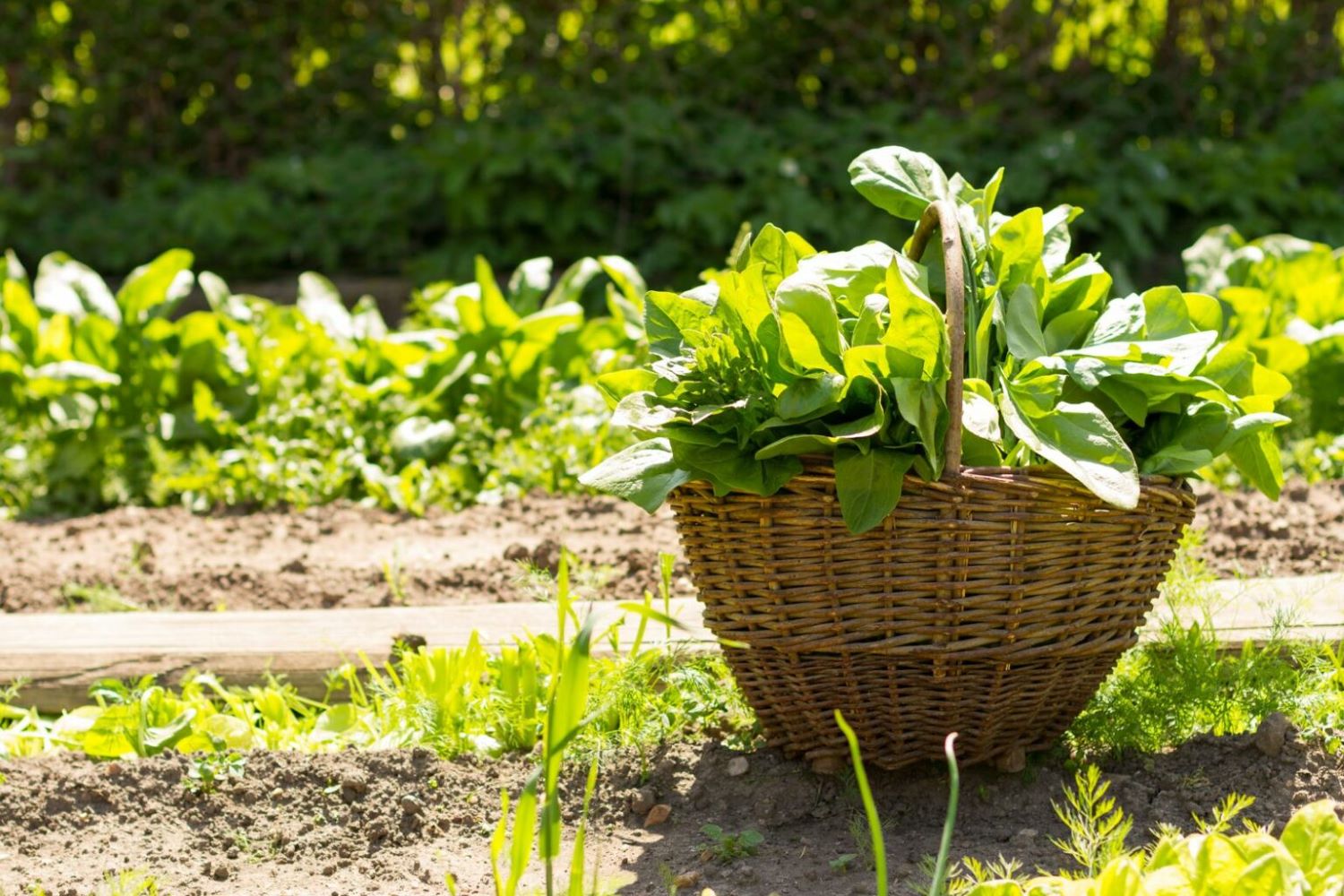

0 thoughts on “How Often To Fertilize Vegetable Garden”